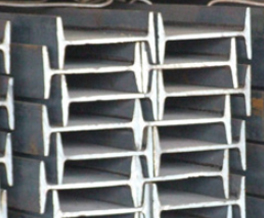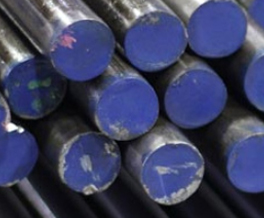Long Steel Products
Long products are made of either blooms or billets, which are, like slabs, considered a semi finished product and are cast by a continuous caster or rolled at a blooming mill. Billets have a cross section 50 to 125 millimeters square, and blooms are 125 to 400 millimeters square. In practice, they are not precisely distinguished by these dimensions, and there is considerable overlap in the use of the two terms.
Long products include bars, rods and wires, structural shapes and rails, and tubes. Bars are long products with square, rectangular, flat, round, hexagonal, or octagonal cross sections. The most important bar products are the rounds, which can reach a diameter of 250 millimeters. They are sometimes cold-drawn or even ground to very precise dimensions for use in machine parts.
A special group of rounds are the reinforcing bars. Produced in diameters of 10 to 50 millimeters, they provide tensile strength to concrete sections subjected to a bending load. They normally have hot-rolled protrusions on their surface to improve bonding with concrete. Some bar mills also produce small channels, angles, tees, zees, and fence-post sections, with a maximum flange length of 75 millimeters, and call these products merchant bars.
Hot-rolled wire rods are produced in diameters between 5.5 and 12.5 millimeters and are shipped in coils weighing up to two tons. A great portion of these rods are cold-drawn into wire, which is often covered afterward by a metallic coating for corrosion protection. The use of wire is extremely wide, ranging from cords for belted tires to cables for suspension bridges.
The common structural shapes are wide flange I-beams, standard I-beams, channels, angles, tees, zees, H-pilings, and sheet pilings. All these shapes are standardized, and each company has price lists showing which sections are produced and in which quality and length they can be supplied. Railroad rails are always produced to national standards. In the United States, for example, there are rails weighing 115, 132, and 140 pounds per yard and cut to lengths of 39 or 78 feet. There are also a great number of special rails—e.g., for cranes and heavy transfer cars or for use in mines and construction.







